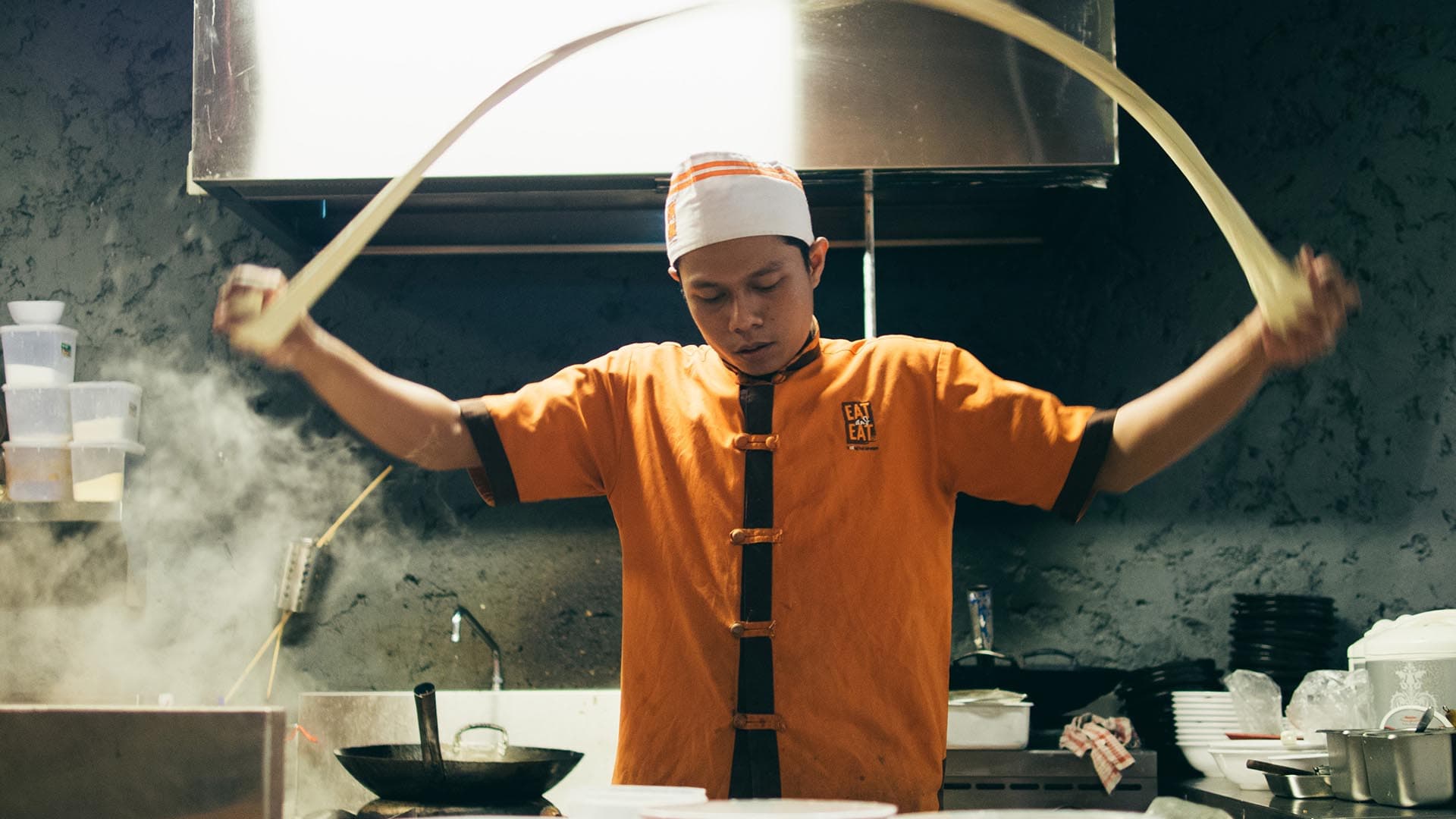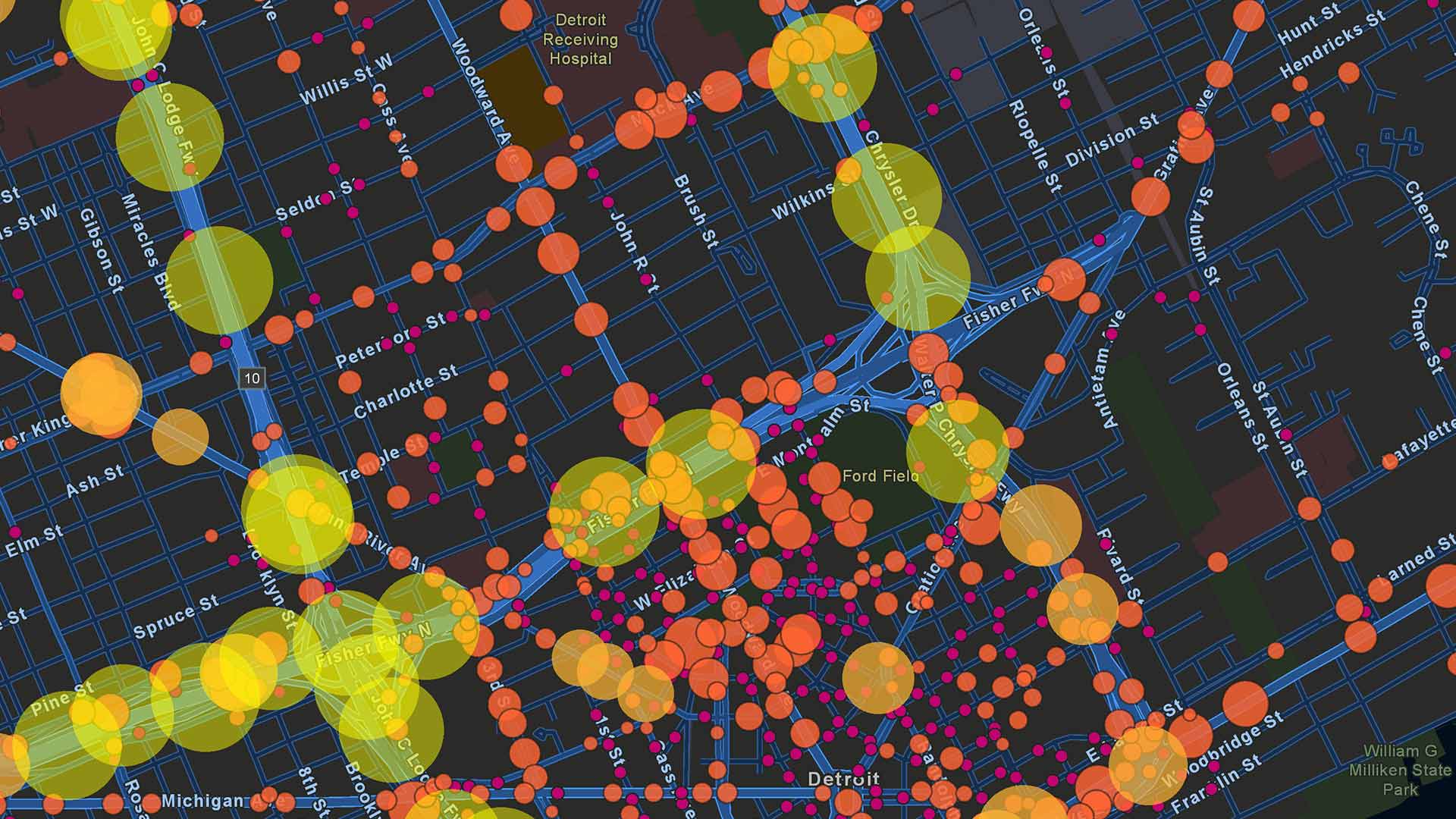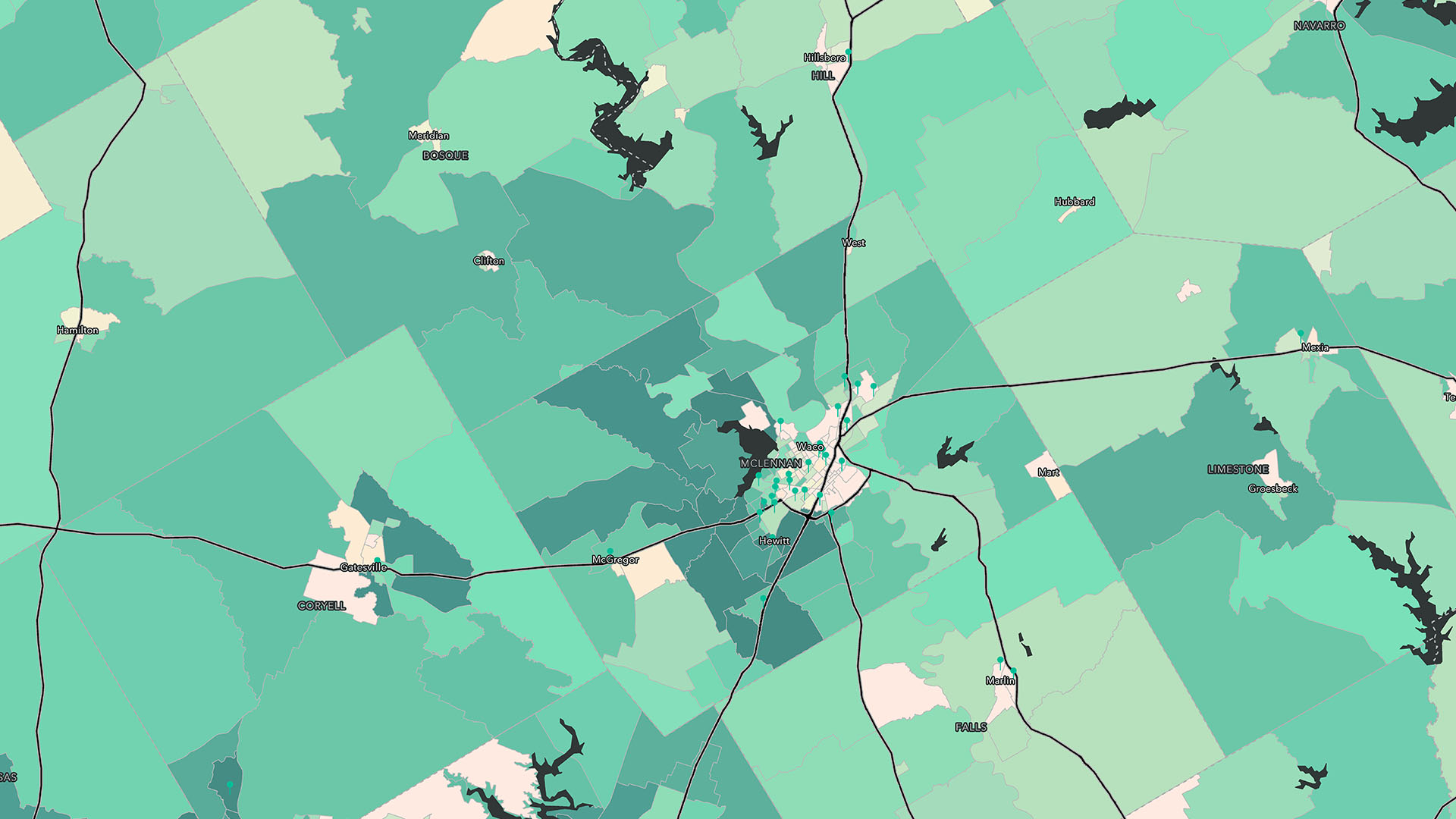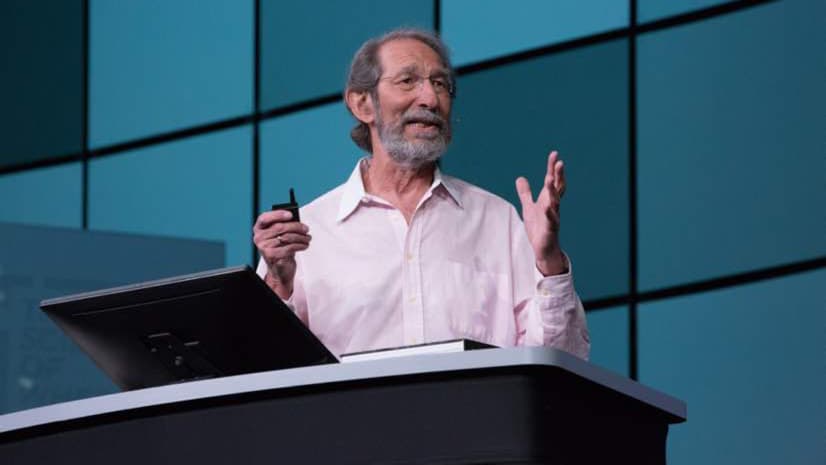The market for app-based meal delivery has not spawned many business successes, though not for lack of demand. In the new age of convenience, consumers are eager for quick delivery of all types. But many restaurants have been reluctant to participate—some for fear of ceding quality control to outsiders, others for fear of slimming already thin margins. As US-based delivery companies such as Grubhub and DoorDash struggle to convince food establishments to participate in their delivery services, a UK startup called Deliveroo is using location intelligence and satellite kitchens to create a new model.
In “Deliveroo Takes a Kitchen-Sink Approach to Food Apps,” Bloomberg Businessweek reports that satellite kitchens and sophisticated logistics algorithms have helped the startup gain a strong foothold throughout Europe’s major cities and attract nearly US$1 billion in venture funding.
Calculating Demand by Location
Deliveroo’s formula is fueled by location awareness, data analysis, and a simple tenet: the closer eateries are to neighborhoods of potential customers, the more likely meals are to arrive steaming hot and at the expected time. Recognizing that few restaurants have the cash to open costly new sit-down sites in every area of demand, Deliveroo is converting shipping containers into delivery-only kitchens. The startup covers the initial cost of creating the kitchens, which it then leases to restaurants, Bloomberg Businessweek reports. In an industry with notoriously slim profit margins, this model has proved attractive to business owners.
Deliveroo uses location and demographic data to show potential restaurant partners areas of demand around the stand-alone kitchens. Restaurateurs like Karam Sethi, owner of a critically acclaimed café in London, UK, took the plunge because the low-cost kitchen investment was backed by data demonstrating demand for his high-priced Indian fare, according to the article.
Gathering Intelligence
In one area of the food industry, executives routinely use demographic data and demand-sensing technology to plan new locations—and even entire markets. National restaurant chains with hundreds of locations rely on tools such as geographic information system (GIS) to inform their expansion plans, parsing demographics and analyzing disposable incomes to understand desirable neighborhoods for their investments. Fewer business owners at the small end of the market have invested in such tools.
If Deliveroo is to succeed in the competitive world of restaurant delivery, location intelligence will be key. In addition to examining demographic and psychographic information to sense areas of demand, the company feeds data into an internal system that continually refines delivery routes and driver selection. Location analytics and algorithmic science shave minutes off delivery time and add value to Deliveroo’s services, according to the Businessweek report.
It’s a good bet that US-based delivery services will be watching Deliveroo’s progress. By putting its prefab kitchens where the demographic and location intelligence tells it to, the company is disrupting an industry in sore need of wins.
Photo courtesy of Aditya Romansa.
The Esri Brief
Trending insights from WhereNext and other leading publicationsTrending articles

December 5, 2024 |

July 25, 2023 |
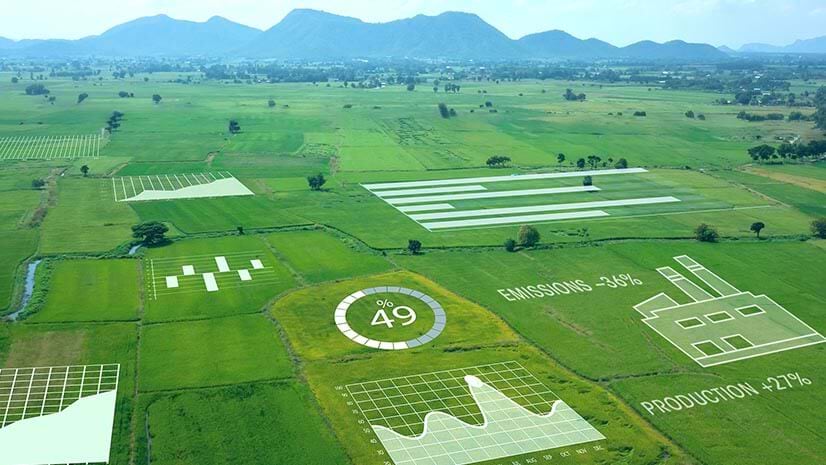
November 25, 2024 |

February 25, 2025 |

April 1, 2025 |

November 12, 2018 |
